How to add row to Google Sheets using Power Automate Flow
In this article, we’ll show you how to use an Insert row action from the Google Sheets connector for Power Automate:
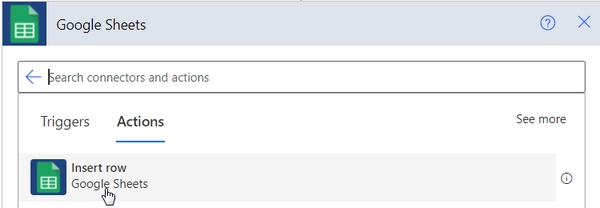
You can assign any trigger to perform the action depending on your case. For instance, you can add new rows to Google Spreadsheet when a new email arrives or on new form entries.
We’ll use Manually trigger a flow to show how “Insert row” works. Additionally, we’ll show how to add rows automatically on Plumsail public form submission.
Insert row - action overview
This is how our Flow looks:
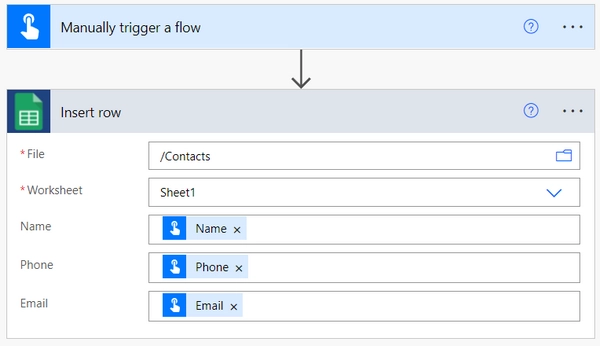
Insert row action has the following parameters:
File - select the Google Sheet file you’d like to add rows.
Worksheet - specify a particular worksheet inside the selected file.
Map worksheet headers with trigger output - in our case, they are Name, Phone, and Email.
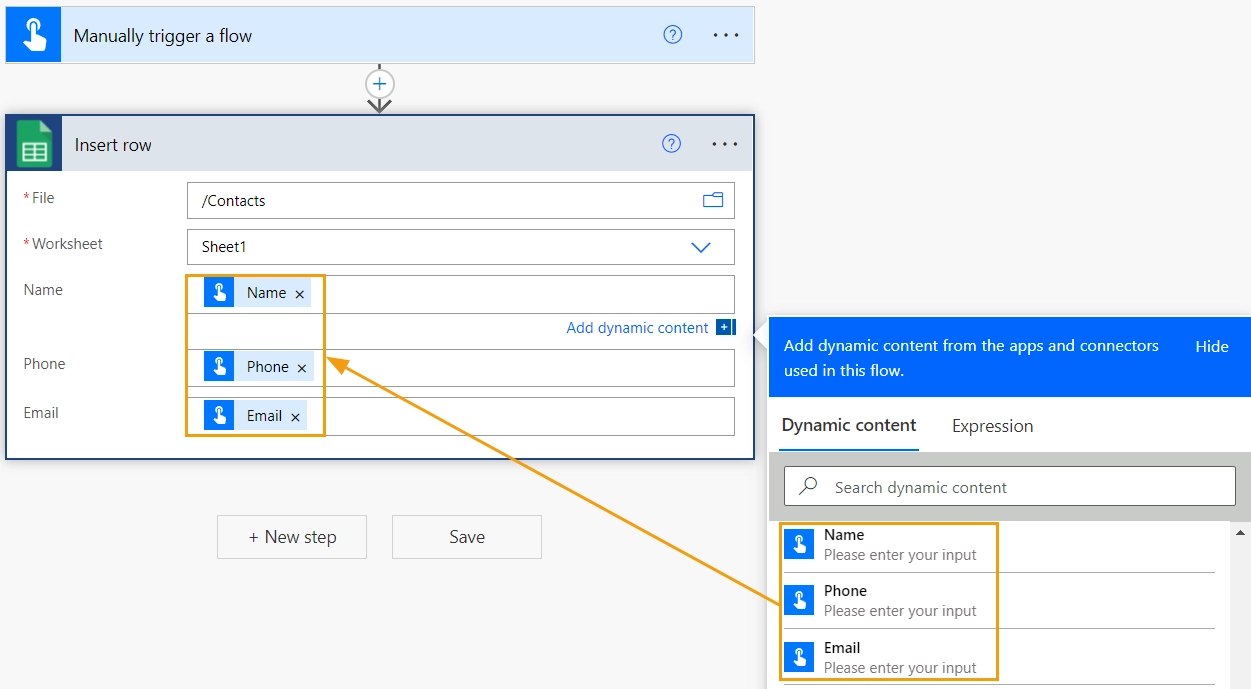
We tested our flow by filling text inputs in the trigger, and it ran successfully. Checking the worksheet table, the row is added:

Now let’s see how you can automatically insert rows into Google Spreadsheets on web form submission.
Insert rows into Google Sheets on Plumsail form submission
Plumsail web forms are easy to build and share. And they don’t require additional actions after the trigger to get and parse submission details if compared, for example, to Microsoft Forms.
Just a two-step Flow, and you get form submissions as new rows in your Google Sheets.
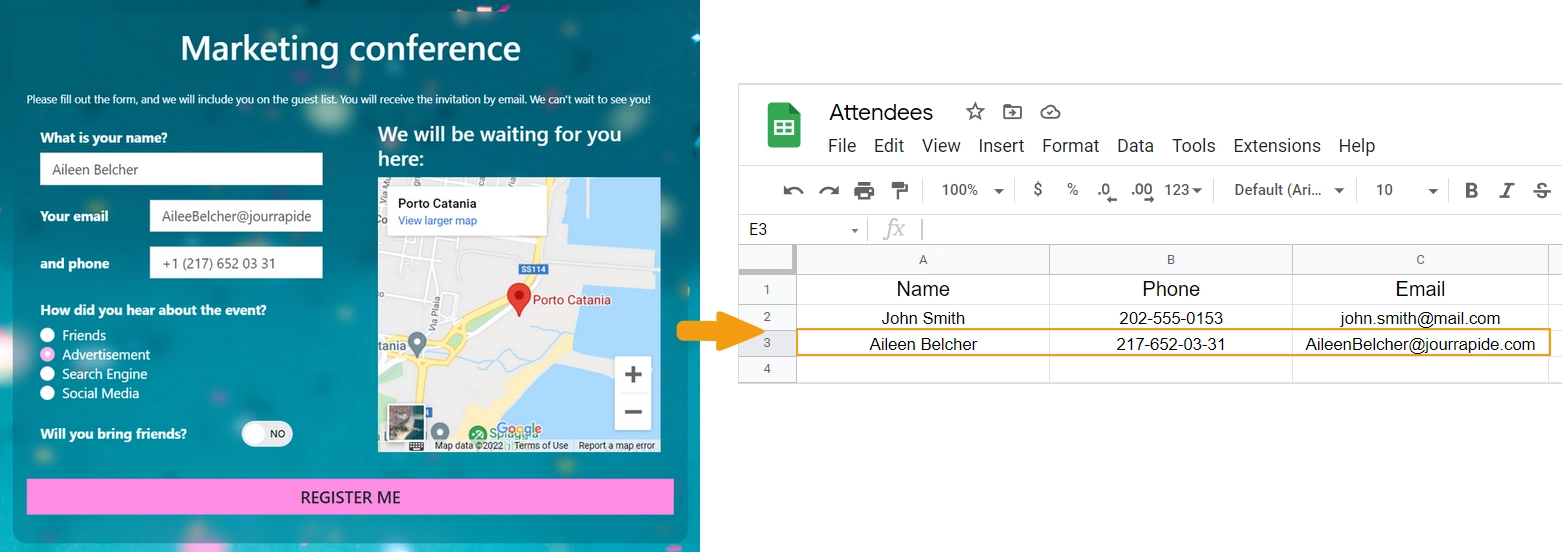
For the Flow trigger, search for Plumsail Forms - Form is submitted.
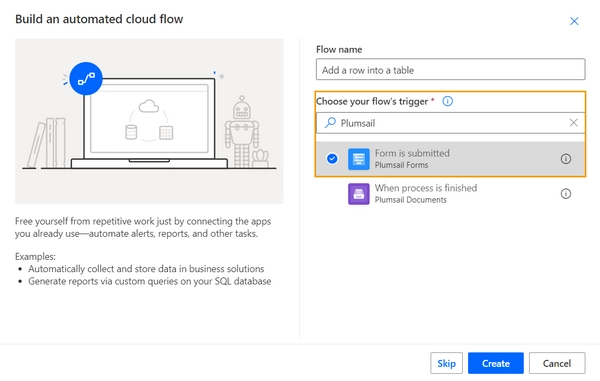
You will be asked to sign in to your Plumsail account to retrieve Forms data in Power Automate Flow. After that, you’ll be able to select the form you’d like to track for submissions. We’re utilizing an event registration form from the Plumsail Forms template library to maintain the list of attendees in Google Sheets.
Add the “Insert row” action from the Google Sheets connector as it’s described above. Map the worksheet headers with the trigger output. So your Flow will look like this:
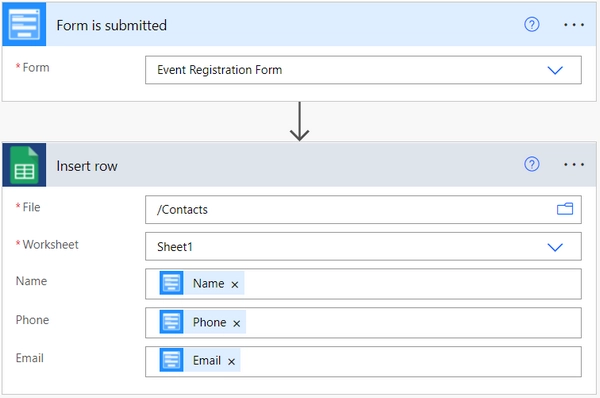
That’s it! Every time somebody submits the form, it will insert a row into the Google spreadsheet.